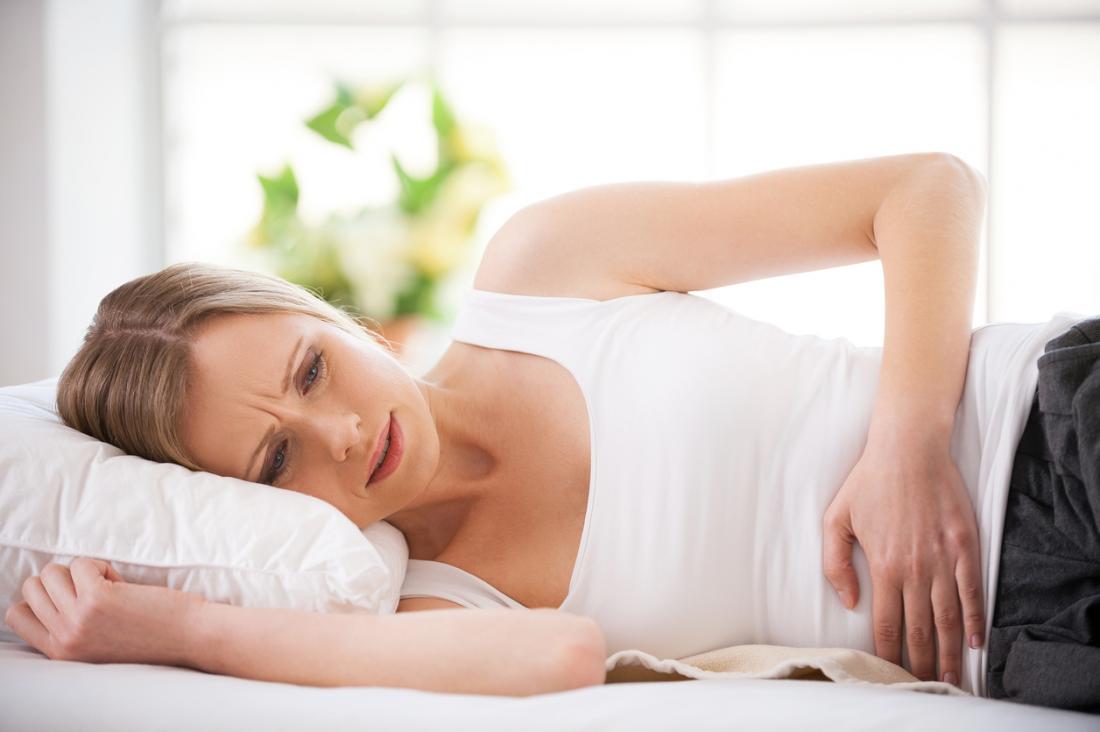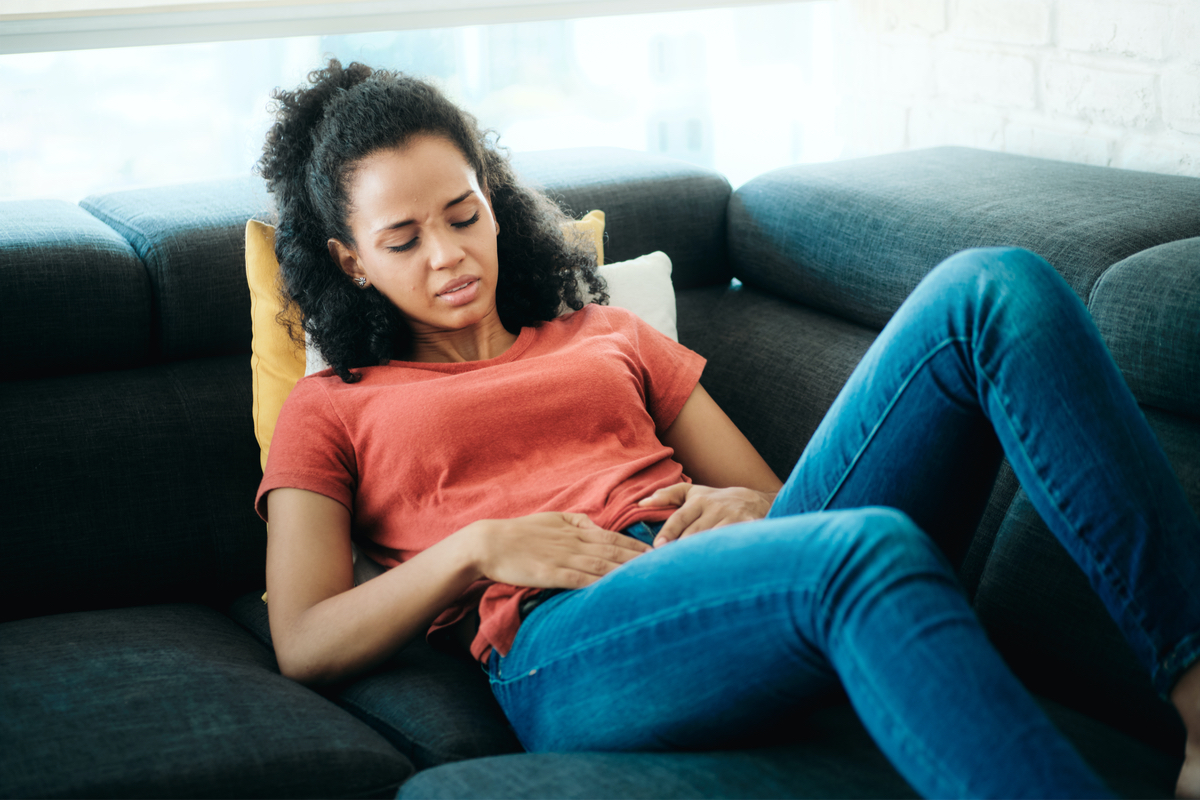Endometriosis Pain Management - Women's Secrets Of Pain Free Living
Endometriosis is a condition that affects millions of women worldwide, causing debilitating pain and discomfort. For those who suffer from it, finding effective endometriosis pain management strategies is crucial for improving their quality of life.
Author:James PierceReviewer:Karan EmeryFeb 20, 2024339 Shares33.8K Views

Endometriosis is a condition that affects millions of women worldwide, causing debilitating pain and discomfort. For those who suffer from it, finding effective endometriosis pain managementstrategies is crucial for improving their quality of life. However, navigating through the plethora of information available can be overwhelming.
Let's take a look at the secrets of pain-free living for individuals battling with endometriosis. By understanding the nature of the condition and exploring various management techniques, we aim to provide valuable insights and practical tips to help alleviate the burden of pain associated with endometriosis.
What Is Endometriosis?
Endometriosis is a medical condition in which tissue similar to the lining of the uterus, known as the endometrium, grows outside the uterus. This misplaced tissue can be found on organs in the pelvic cavity, such as the ovaries, fallopian tubes, and the outer surface of the uterus.
During each menstrual cycle, this tissue behaves like the normal endometrium, thickening, breaking down, and bleeding.
However, unlike the normal endometrium, this blood and tissue have no way to exit the body, leading to inflammation, pain, and the formation of scar tissue or adhesions. Endometriosis can cause various symptoms, including severe pelvic pain, painful periods, and fertility issues.
Impact On Quality Of Life
Endometriosis is a relatively common health condition, affecting a significant number of individuals, primarily women of reproductive age. The prevalence of endometriosis varies, but estimates suggest that it affects around 10% of women globally. It is a widespread issue, often diagnosed during the reproductive years, and can persist into menopause.
The impact of endometriosis on the quality of life is substantial. The symptoms associated with this condition, such as chronic pelvic pain, painful menstruation, and pain during intercourse, can significantly affect a person's physical and emotional well-being. The persistent nature of the symptoms and the uncertainty surrounding the condition's progression can lead to emotional stress, anxiety, and even depression.
Furthermore, endometriosis can interfere with daily activities, work, and relationships. The pain and discomfort associated with the condition may limit an individual's ability to engage in social, professional, and personal activities, leading to a decreased overall quality of life.
Types Of Endometriosis Pain
Endometriosis can cause various types of pain, and understanding these different experiences is crucial for effective management. The primary types of endometriosis-related pain include:
- Dysmenorrhea (menstrual pain) -One of the most common symptoms, dysmenorrhea refers to intense menstrual cramps. These cramps can be more severe than what is considered normal, often causing significant discomfort and impacting daily activities.
- Chronic pelvic pain -Endometriosis can lead to persistent pelvic pain that extends beyond the menstrual cycle. This chronic pain may vary in intensity and can affect the lower abdomen and pelvic region, sometimes radiating to the lower back.
- Painful intercourse (dyspareunia) -Endometriosis can cause pain during or after sexual intercourse. This discomfort may arise due to the presence of endometrial tissue in areas such as the vagina or pelvic organs, making sexual activity painful.
Endometriosis Pain Management
Managing endometriosis pain involves using different methods to help reduce the discomfort and improve overall well-being. Here's a detailed explanation of various approaches:
Over-the-counter Pain Medications
Over-the-counter pain relievers like ibuprofen (Advil) or naproxen (Aleve) can help alleviate menstrual cramps and pelvic pain. These medications work by reducing inflammation and blocking pain signals sent to the brain.
Hormonal Therapies
Hormonal treatments, such as birth control pills, can regulate the menstrual cycle and lessen symptoms like pain. They work by controlling hormone levels, particularly estrogen, which fuels the growth of endometrial tissue outside the uterus.
Another option is Gonadotropin-Releasing Hormone (GnRH) agonists or antagonists, which temporarily induce a state similar to menopause, reducing estrogen levels and suppressing endometriosis growth. Progestin therapy, which involves taking medications containing progesterone-like hormones, can also help inhibit the growth of endometrial tissue.
Surgery
In cases where pain is severe or other treatments are ineffective, surgery may be necessary. Laparoscopic excision surgery involves removing endometrial tissue and scar tissue through small incisions in the abdomen.
In some cases, a hysterectomy, which is the surgical removal of the uterus, may be recommended. However, this is typically considered a last resort and is only done if the individual does not wish to have children in the future or if other treatments have failed.
Complementary Therapies
Complementary therapies like acupuncture and yoga can help manage endometriosis pain. Acupuncture involves inserting thin needles into specific points on the body to stimulate nerve endings and release natural pain-relieving chemicals. Yoga combines gentle movements, stretches, and breathing exercises to help relax muscles, reduce stress, and alleviate pain.
Dietary And Lifestyle Modifications
Making changes to your diet and lifestyle can also help manage endometriosis pain. Consuming a diet rich in fruits, vegetables, whole grains, and omega-3 fatty acids may help reduce inflammation associated with endometriosis. Regular exercise, such as walking, swimming, or biking, can improve overall well-being and may help reduce pain. However, it's essential to avoid high-impact activities that could worsen symptoms.
Psychological Support
Living with chronic pain can take a toll on your emotional well-being. Counseling or therapy, such as cognitive-behavioral therapy (CBT), can help you develop coping strategies and manage stress, anxiety, and depression related to endometriosis pain. Additionally, joining support groups or connecting with others who have endometriosis can provide valuable support, understanding, and encouragement.
Pain Journaling
Keeping a pain journal can help you track your symptoms, pain levels, and any patterns or triggers that may worsen or alleviate your pain. This information can be valuable when working with healthcare providers to develop a personalized pain management plan tailored to your specific needs and preferences.
Endometriosis Pain Management - FAQ
What Is The Best Pain Relief For Endometriosis?
Anti-inflammatories (NSAIDs) such as ibuprofen and other painkillers such as paracetamol, may be tried to see if they help reduce your pain. They can be used together for more severe pain. These painkillers are available to buy from pharmacies.
How Do You Stop Endometriosis From Getting Worse?
The most common options include:
- Oral contraceptives with estrogen and progesterone to control hormones.
- Progestins to stop menstrual periods and endometrial tissue growth.
- Gonadotropin-releasing hormone antagonist to limit ovarian hormones.
- Gonadotropin-releasing hormone agonist to stop ovarian hormones.
What Antibiotics Are Used To Treat Endometriosis?
The use of a commonly used antibiotic metronidazole may be a key in improving the effectiveness of endometriosis treatment.
Final Thoughts
Endometriosis pain management is a complex journey that requires patience, persistence, and a multifaceted approach. By incorporating a combination of medical treatments, lifestyle adjustments, and self-care practices, individuals can significantly reduce the impact of endometriosis on their daily lives.
Remember, you are not alone in this struggle, and seeking support from healthcare professionals, support groups, and loved ones can make a world of difference. While there may not be a one-size-fits-all solution, with dedication and determination, it is possible to achieve a greater sense of comfort and well-being.

James Pierce
Author

Karan Emery
Reviewer
Latest Articles
Popular Articles
